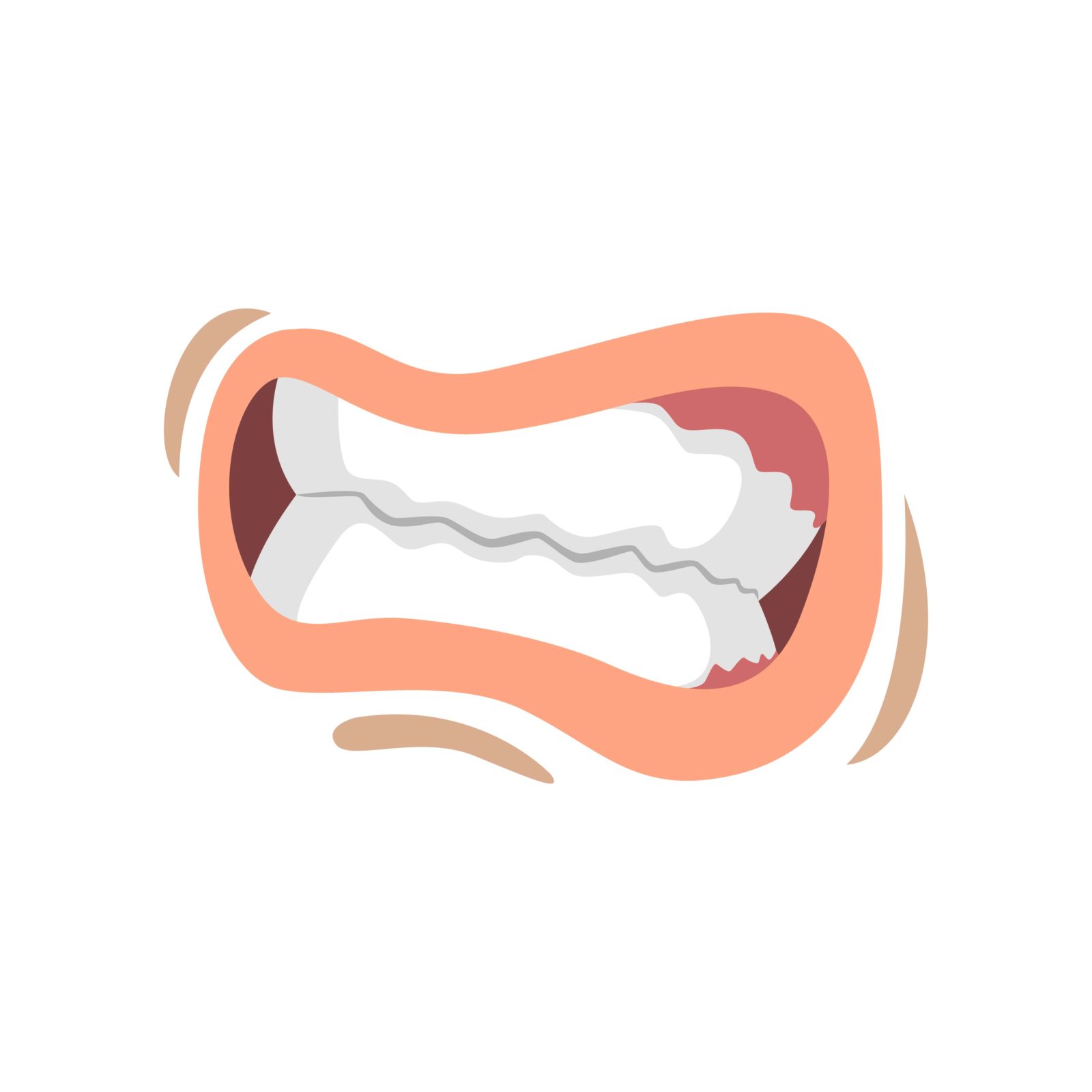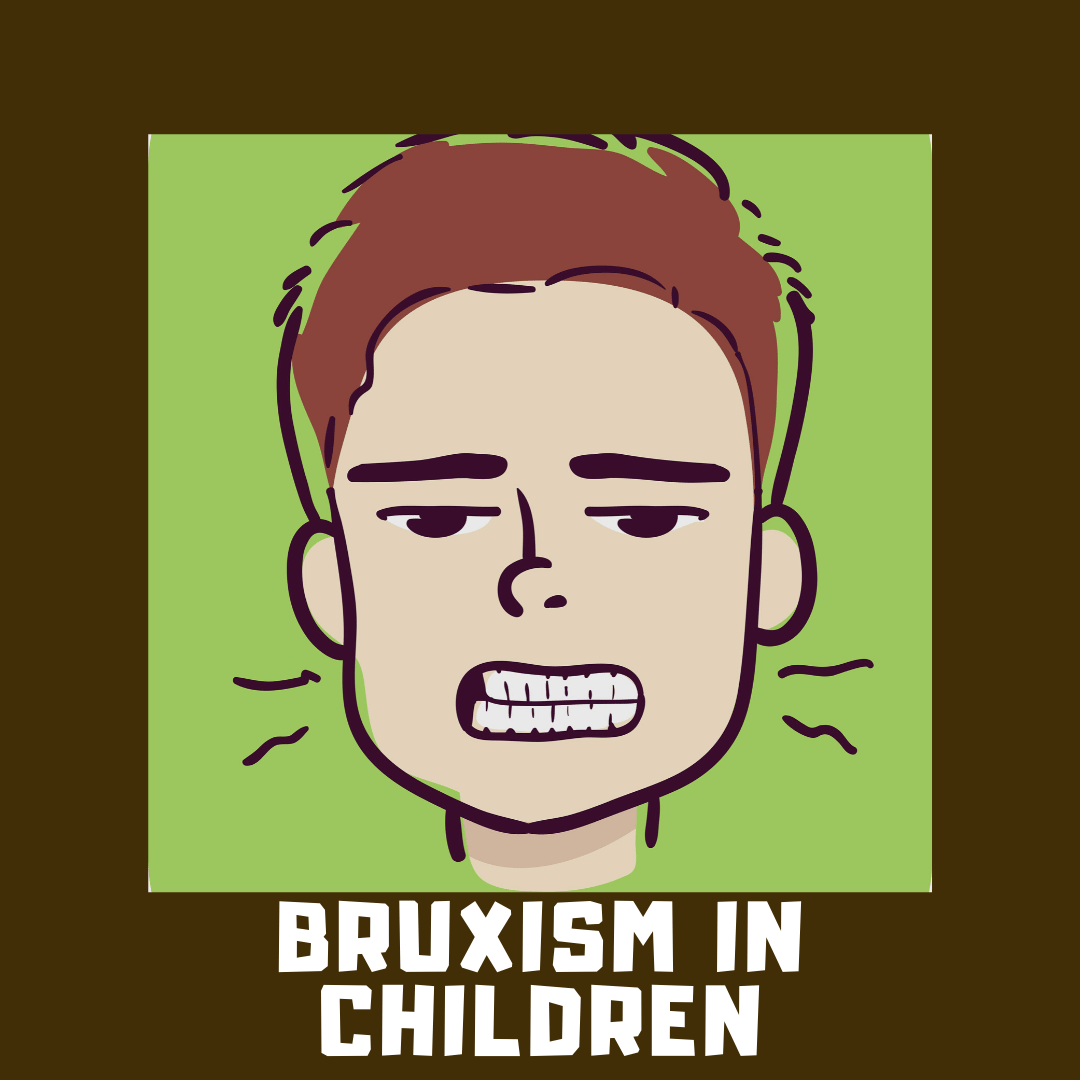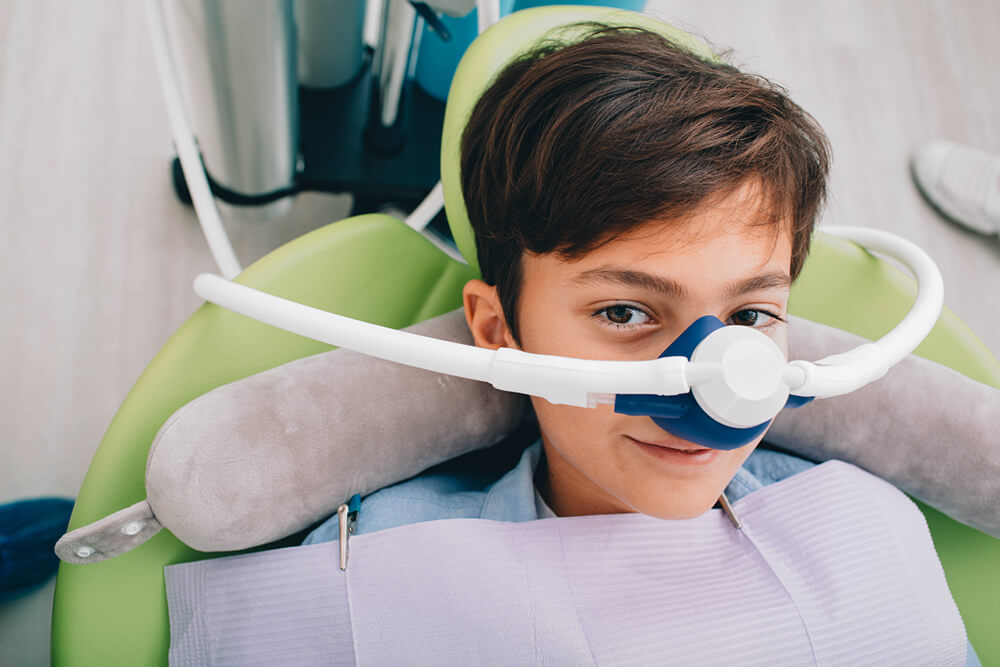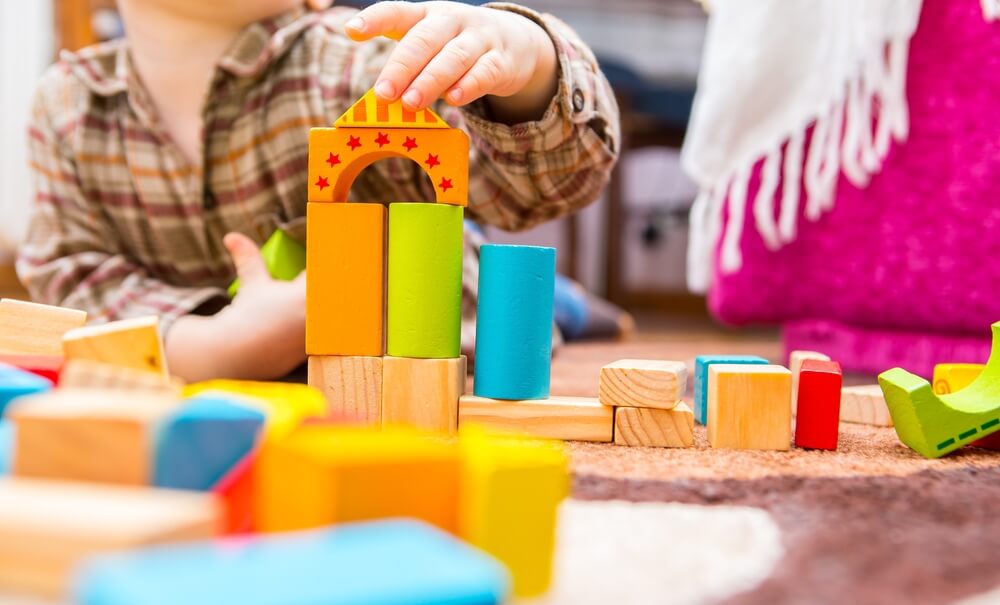Did you know that children also grind their teeth? This condition, formally known as bruxism, is observed in around 7-48% of children. The reason for such a range is because there are discrepancies in the diagnosis of bruxism, which makes it hard to know just how many children are affected. Nevertheless, it is important to be aware of this issue so that you can identify it before it hurts your child’s oral health.

In most children, bruxism starts between the ages of 4 and 8, however it is especially prevalent in children between the ages of 10-14. After the age of 14, most children will then outgrow bruxism. In addition to age, children who are anxious, hyperactive, or stressed have a higher risk of developing bruxism. In fact, a recent study notes that there have been higher rates of bruxism observed in children on medication for ADHD, as well as in children with anxiety.
While stress, anxiety, and hyperactivity are some common risk factors for developing bruxism, there can be other contributing factors. For example, children who suffer earaches or teething pain may start to grind their teeth as a way to relieve pain, much like you would rub a sore muscle. In some cases, it is also believed that bruxism is caused by the mix of permanent and primary teeth creating an uneven bite. Since the body will naturally try to create balance, this can cause teeth grinding in an attempt to even out the bite. Ultimately, however, there is no exact or known cause of bruxism in children.
Identifying bruxism in children can be tricky, especially since most cases occur unconsciously while sleeping. Therefore, one of the best ways to determine if your child grinds their teeth is to observe them periodically while sleeping. You can also keep your eye out for classic symptoms of bruxism such as complaints about jaw pain, headaches, earaches, and tooth sensitivity to hot or cold. In some cases, teeth that chip or crack can also be a sign of bruxism.
Even if you don’t notice any signs of bruxism in your child, their pediatric dentist may find evidence of bruxism during their routine dental visits. This is because grinding the teeth together creates distinctive marks and wear patterns on opposing teeth. As mentioned above, it can also cause the teeth to chip or crack. If your child’s pediatric dentist notices these distinct patterns or wear marks, they may diagnose your child with bruxism and recommend treatment.

Luckily, treatment for bruxism is non-invasive and painless. In most cases, your child’s pediatric dentist will take a dental impression of your child’s mouth to fabricate them a customized night guard. A night guard is a specialized appliance that your child will wear while sleeping in order to discourage teeth grinding, protect the teeth, and reposition the jaw. Additionally, your child’s pediatric dentist may also recommend practicing relaxation techniques before bedtime.
In some cases, your child’s pediatric dentist may also recommend orthodontic treatment to alleviate the symptoms of bruxism. This is generally the case when the cause of bruxism is believed to be due to malocclusion such as an overbite, underbite, crossbite, or open bite. In these cases, your child may not outgrow bruxism once all their permanent teeth have erupted, since their bite will remain uneven regardless of their teeth being similar in size.






